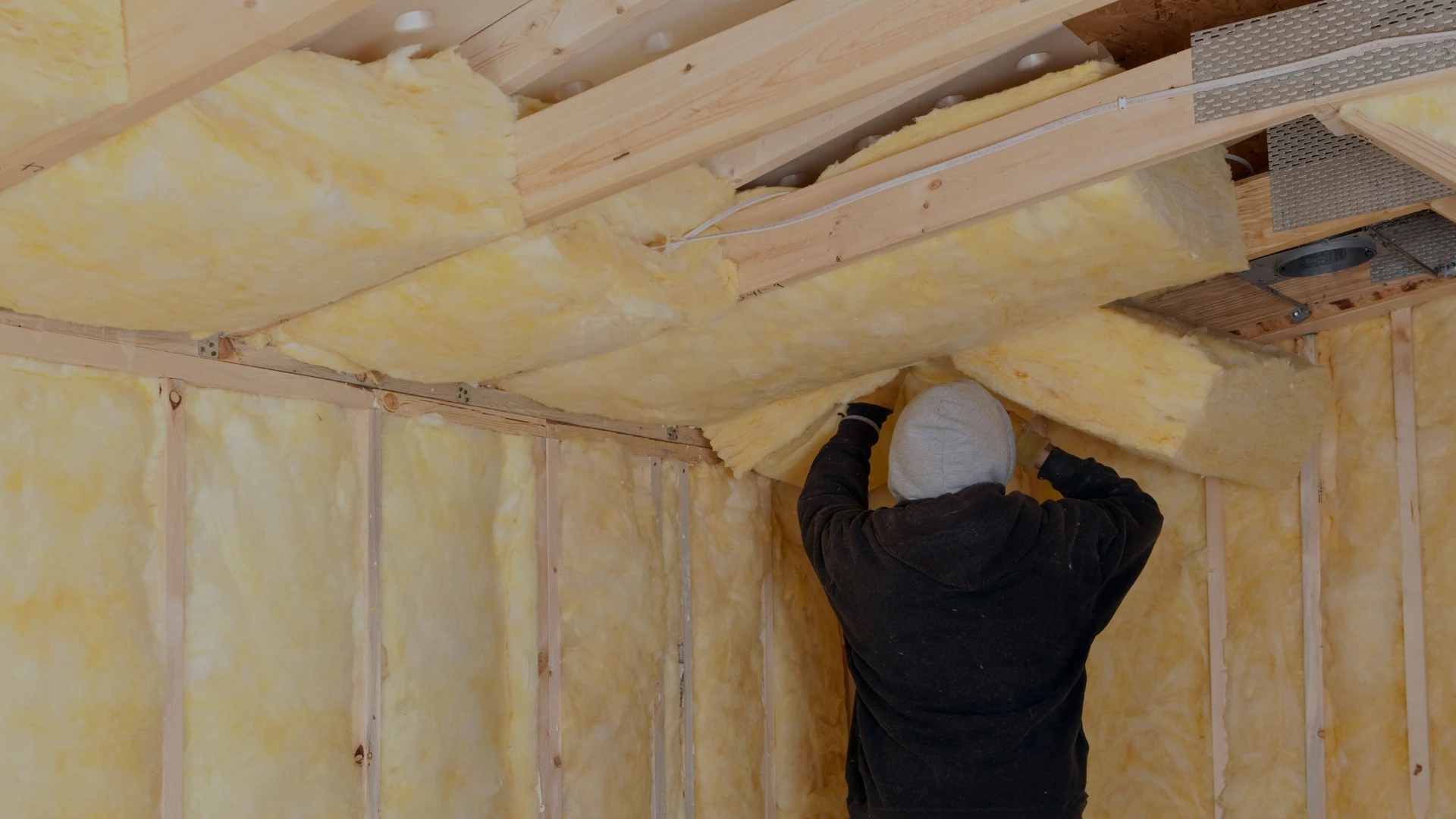
Fiberglass Insulation Chicago










Request a Quote Today

Fiberglass Insulation Pros and Cons
Fiberglass Pros
• Easy installation: The rolls or batts are manufactured to comply with standard joist width builders use for walls and floors. As a result, they are very easy to unroll inside the joists.
• Moisture resistant: One important way insulation must perform is resisting moisture that may penetrate through the roof or humidity in the air. Fiberglass products do a great job of resisting moisture, so builders often choose to use it in higher-humidity regions. Because it can resist moisture, it is less prone to mold growth, which some other insulations are known for.
• Non-computability: The material is noncombustible, or fire resistant, which is important for a material installed next to the home’s wood structure and for general household safety.
Fiberglass Cons
• Improper insulation reduces efficiency: Even though it’s easy to install, the insulation’s performance can decrease dramatically if it’s not installed properly. Gaps in the layers of insulation can drive down performance, as the gaps allow heat movement in between the insulation.
• A lower efficiency overall: Comparatively speaking, fiberglass products don’t rate as high as some other insulations in terms of resistance (or R-value) per inch. In addition, when temperatures fall, the product loses performance value.
• Energy hogging: To produce the insulation, manufacturers have to use a lot of energy, and the process releases a good deal of air pollution compared to other manufacturing processes for insulation types.
Cost of Fiberglass Insulation
If one insulation material turns out to be less expensive than another, the price difference can range from negligible to dramatic. That’s where Green Attic comes in. Our free inspection is designed to provide a clear plan for addressing your needs.
We guide you through all your options and help develop a solution that you’re comfortable with and that meets your needs.

Why Hire an Insulation Company?
Outdoor air is constantly entering your home through gaps and cracks in the building envelope. At the same time, conditioned air is leaking out. Due to the stack effect, most of this leakage occurs at the top and bottom of your home – your attic and crawlspace.
Sure, there’s insulation in your attic and crawlspace. But there’s probably nothing to prevent air from moving past plumbing, air duct, and electrical penetrations. Or attic staircase hatches. Or whole house fans.
Only foam insulation and certain caulks can block air movement in a way that truly improves comfort and boosts energy efficiency. Any time you’re thinking about adding insulation to improve your home’s thermal performance, consider air sealing as part of the same project.
Have your insulation contractor seal all visible gaps and cracks inside the space you’re planning to insulate. You’ll improve the overall performance of the new insulation you’re buying.






















.svg)
.svg)
.svg)
.svg)
.svg)
.svg)
.svg)
.svg)
.svg)
.svg)
.svg)
.svg)
.svg)
.svg)

.svg)
.svg)
.svg)
.svg)
-1.svg)
.svg)
.svg)













